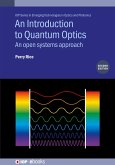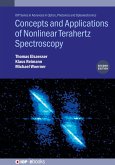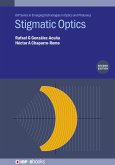The extended and updated second edition of this book expands its broad survey of the wide-ranging field of optical nanomanipulation. It aims to establish and differentiate the physical principles of this phenomenon, while providing a snapshot portrait of many of the most prominent and up-to-date applications. Primary emphasis is placed on cultivating an understanding of the mechanisms, all of which have a fundamental photonic origin, behind the operation of numerous related optical effects. To this end, the first few chapters introduce and develop core theory, focusing on both the role and physical significance of key parameters, and they reveal the detailed interplay between the key material and optical properties. Where appropriate, both classical and photonic (i.e. quantum) representations are discussed. Equations are purposely kept to a minimum; only a broad background in optical physics is assumed. The book is suitable for students and instructors alike.
Key Features
Key Features
- Accessible to a broad audience
- Covers all kinds of optical manipulation at the nanoscale, an ever-expanding field
- Describes both theory and experiments, in an easy-to-understand style
- Where there is confusion between optical nanomanipulation mechanisms, connections and differences are clearly and comprehensibly identified
- Numerous original figures appear throughout the text, several of them exclusively provided by the leaders of the field, to enhance understanding
- Up-to-date bibliography and references are included, to assist those drawn to delve deeper into the subject.
Dieser Download kann aus rechtlichen Gründen nur mit Rechnungsadresse in A, D ausgeliefert werden.









